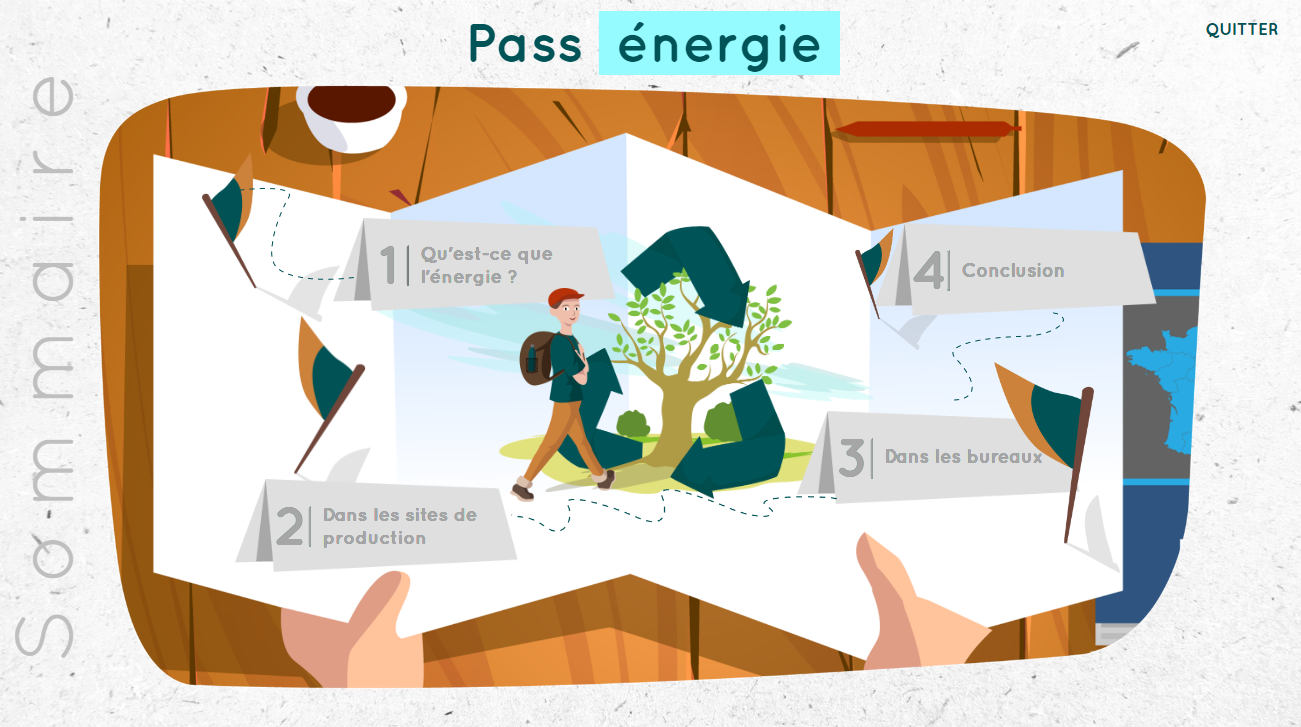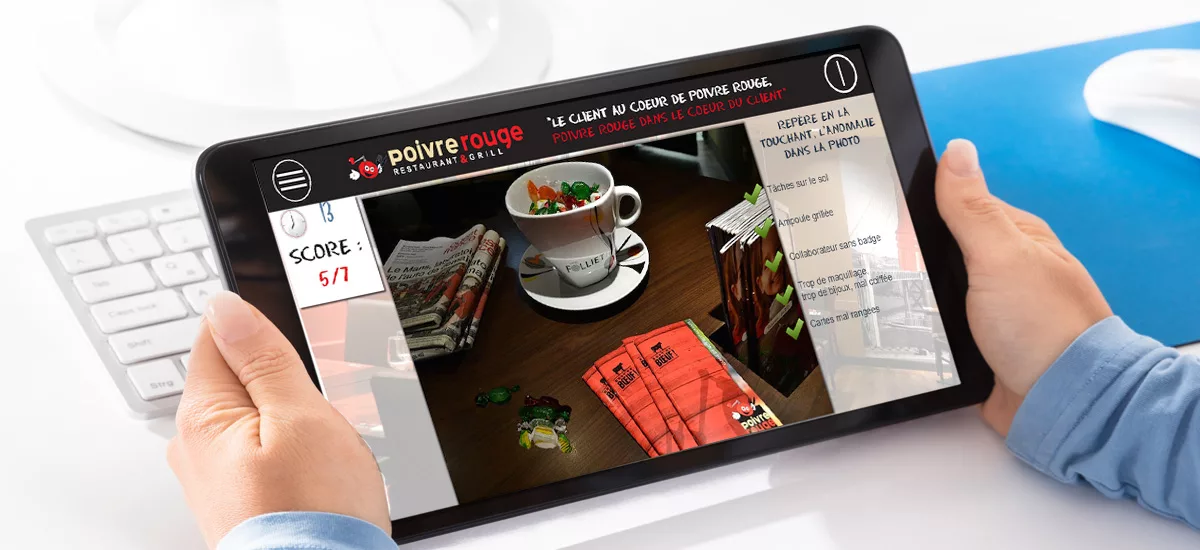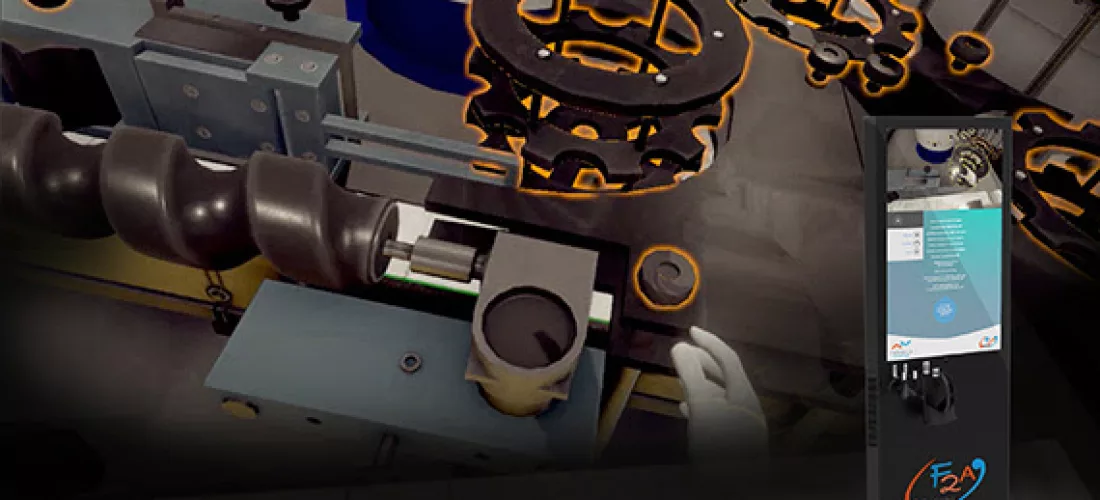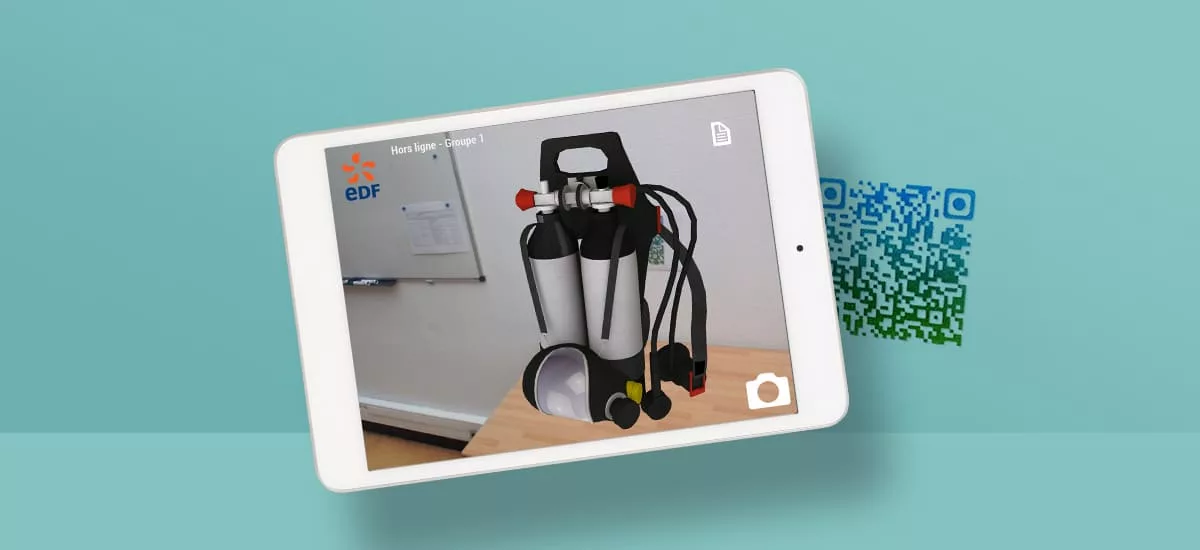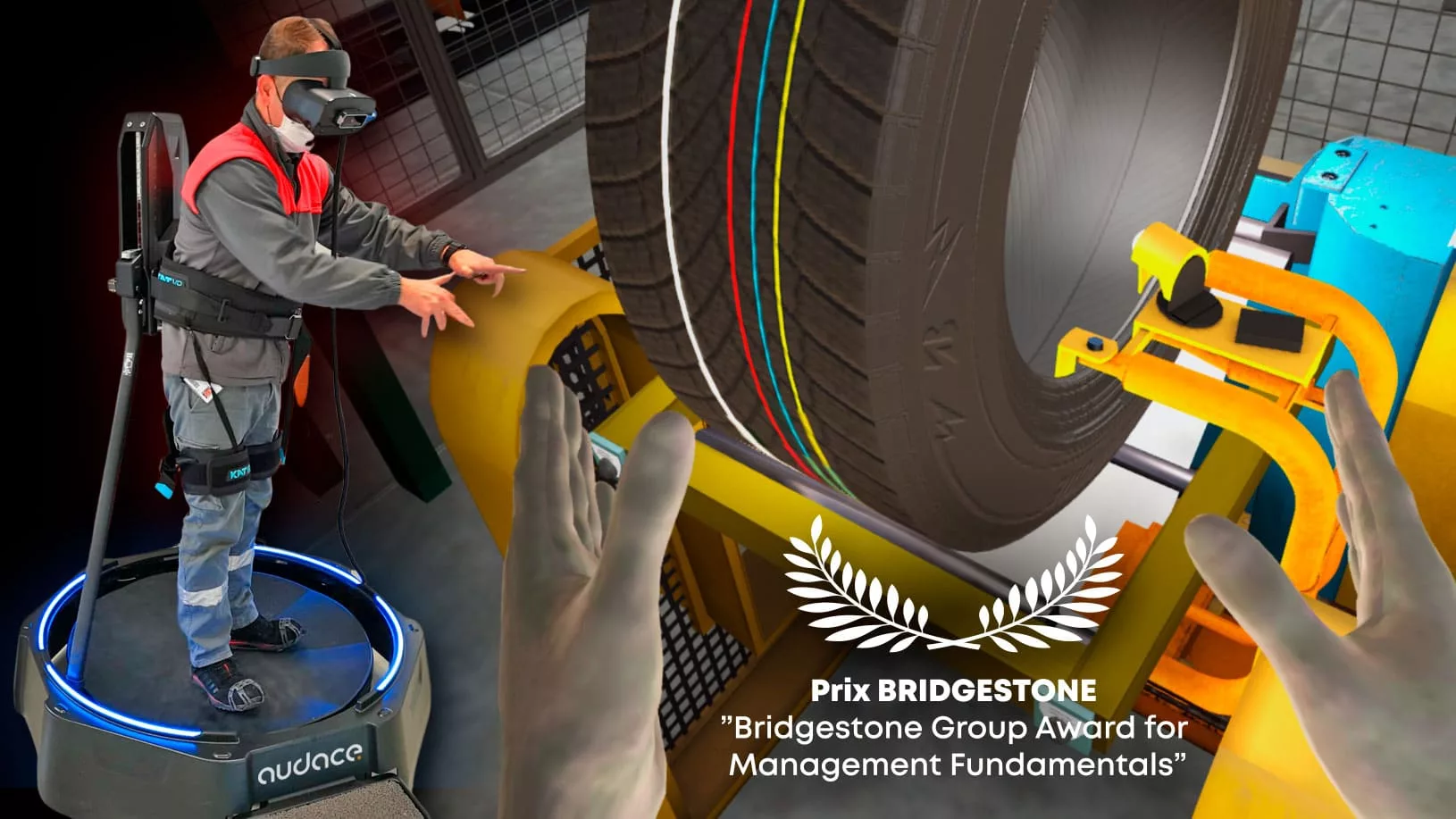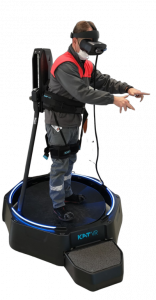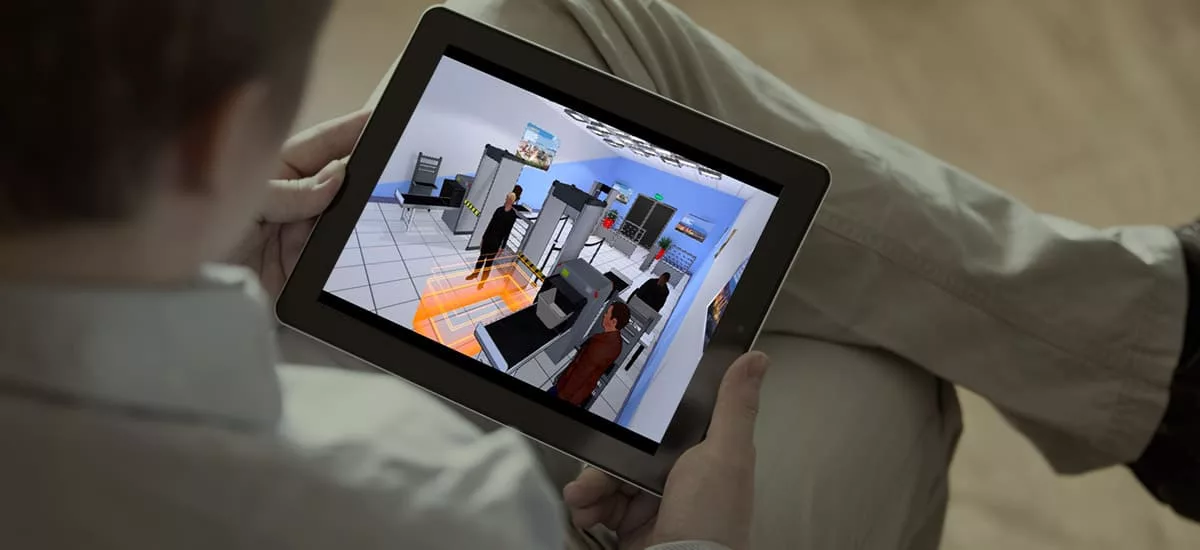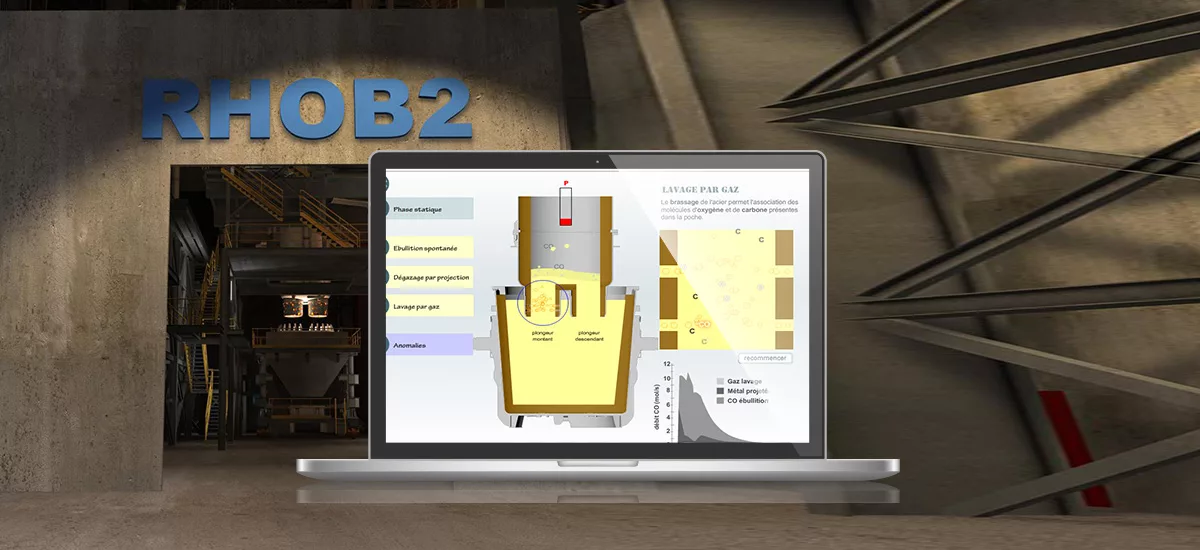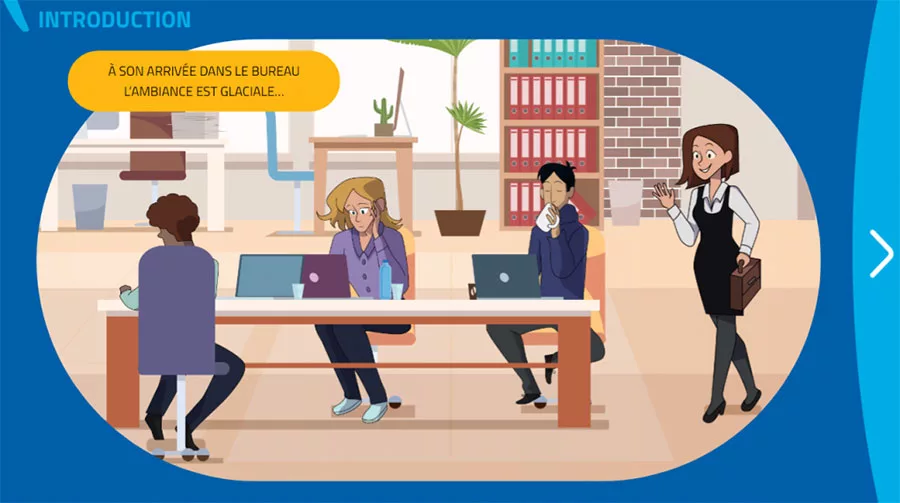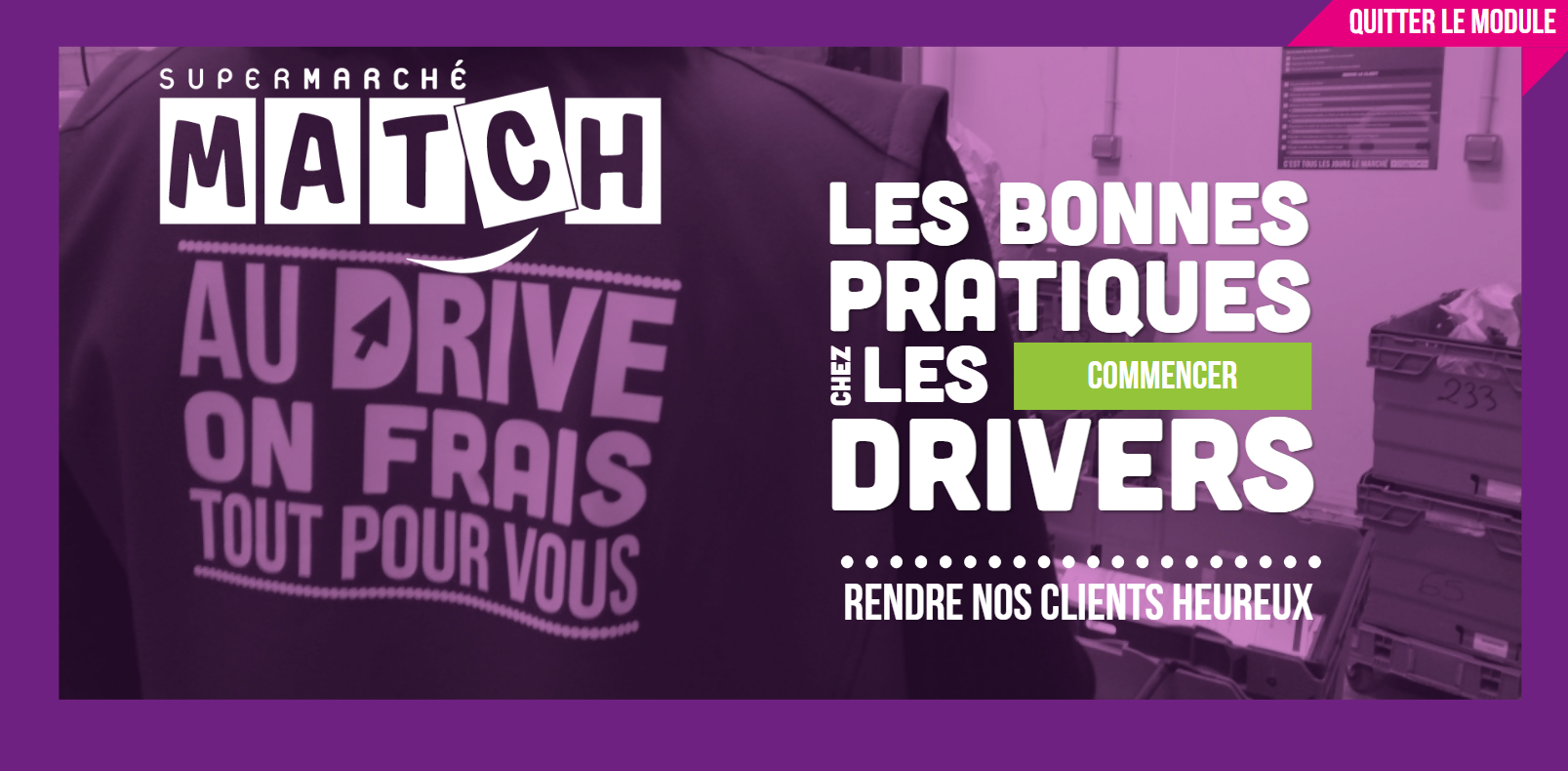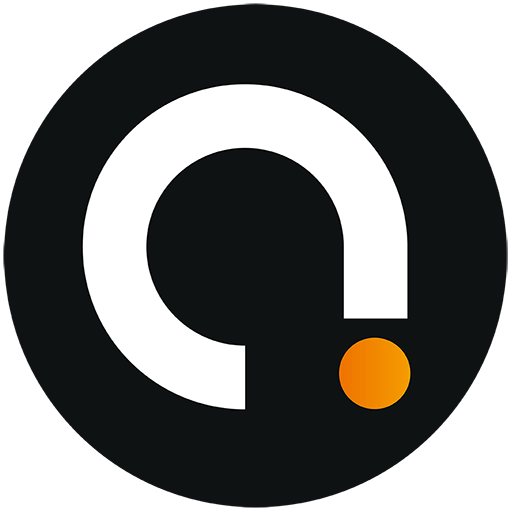Like all industries, the paper and cardboard sector must address the challenge of reducing energy consumption by adopting eco-friendly practices. In this context, OPCO2i, a cross-industry skills operator representing 32 professional branches, has taken the initiative to rethink dedicated training by offering a short and effective e-learning course.
The elearning module program, intended for employees in the sector, aims to raise awareness about reducing their energy footprint. Structured in five chapters, the training covers the fundamentals of energy sobriety, offering an in-depth and practical understanding of this key subject.
DEVICE
Lasting twenty minutes, the module immerses learners in an environment inspired by the textures of paper, cardboard, and wood. In this Paper-Cardboard universe, learners take on the role of testers for a new tourist experience focused on energy efficiency. Accompanied by a virtual guide, they embark on an adventure, simulating a treasure hunt and discover, step by step, the main principles of frugality.
Thus, by the end of the training, the learner is able to define what energy is, list the different areas of consumption in the office or factory, and identify the best practices for reducing energy consumption. Although the training is not certified, it is supplemented by an additional summative quiz, requiring a 70% success rate for certain companies that request it.
For an optimal user experience, the digital training offers various features, such as the ability to resume where the learner left off, save progress, and easily navigate between different chapters. The inclusion of impactful titles and subtitles aids comprehension, while the interactive activities ensure learner engagement.
TARGETS
Employees in the Paper-Cardboard industry sector.
OBJECTIVES
Raise awareness among industry professionals about reducing their energy footprint in their professional practices.
PITCH
A new trip is about to be launched by your travel agency. To ensure it will attract as many tourists as possible, you are invited to test it out! An exceptional tour guide will accompany you throughout your visit, step by step, to help you discover every aspect of energy efficiency! With a series of questions presented like an innovative scavenger hunt, you’ll be immersed in the heart of this fantastic and unique experience!
